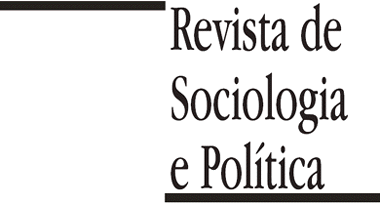ABSTRACT
Introduction:
Activists mobilize using various protest strategies to advance their demands but few studies analyze protest events to explain their choice of peaceful, disruptive, and violent methods. This paper argues that when movements have few supporters and allies - major resources for mobilization - they privilege violent tactics. Conversely, when mobilizations have more participants and partners, protests are more likely to use peaceful or disruptive strategies.
Materials and methods:
The paper uses a mixed methods research design. From a quantitative perspective, it uses a dataset of 4,700 college student protests in Latin America to test the theoretical claims with logistic regressions. A case study of protest tactics and resources during the December 2014-January 2015 youth protests in Lima, Peru is used to illustrate how human resources shape the repertoire of contention. This qualitative section uses evidence from interviews as well as secondary data.
Results:
The results of the regression analyses partially support the theory, showing that more participants tend to make protests more peaceful and disruptive and less violent. The effect of certain allies, however, goes against theoretical expectations. As the case study shows, after a relatively violent first march, young activists in Lima organized themselves on a territorial basis, which both decreased the influence of political parties in the movement and increased the number of activists and actors involved, making subsequent demonstrations less violent. However, the case study also shows that the presence of specific political actors is inherently associated with more violent strategies.
Discussion:
This paper shows how the presence of allies and the number of demonstrators, as major resources available to social movements, shape the choice of tactics used in protest events. While more participants and the presence of allies makes events more contained, the evidence also suggests that both very large numbers of participants and the addition of disparate actors into a mobilization may promote violence.
KEYWORDS:
Protest events; tactics; nonviolent movements; violent protests; repertoire of contention

 Thumbnail
Thumbnail
 Source: Author’s elaboration.
Source: Author’s elaboration.